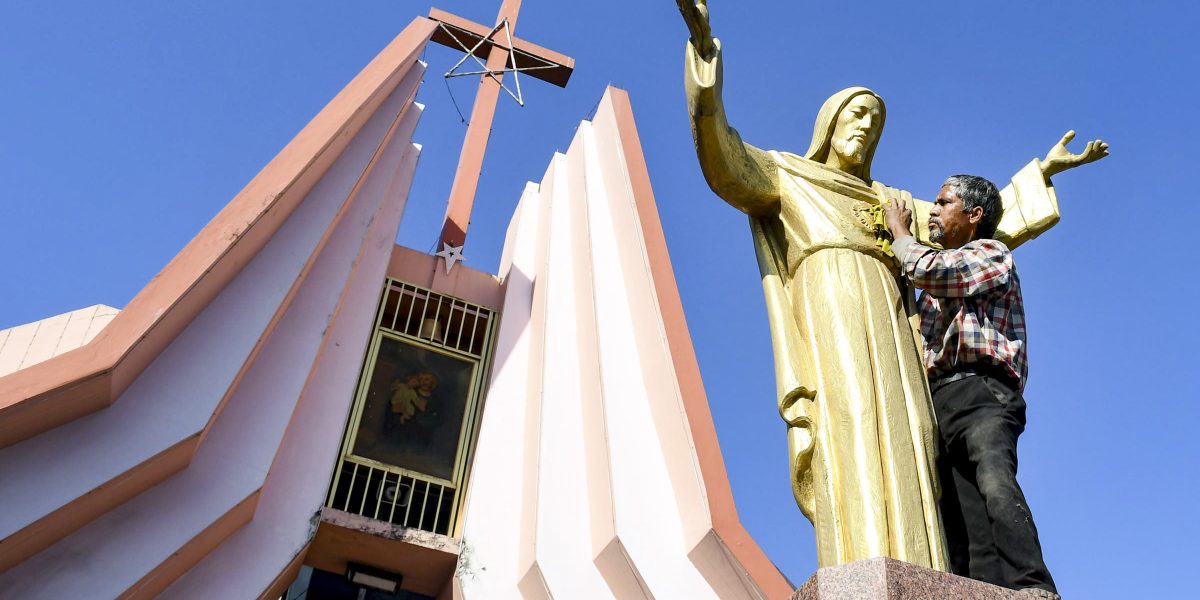
(Photo: Altered by The Quint)
By VINAYAK CHATURVEDI / The Quint
VD Savarkar appeared to situate his writings in historiographical debates and provided critiques of sources of his earlier work as a development in his writing on itihaas. This was an attempt to rethink the writing of Hindu history by turning to the methodological innovations of disciplinary history. Yet, Savarkar was not in fact consistent in this approach in Saha Soneri Pane: he violated the basic protocols of what he had identified as “today’s research”.
Savarkar had long been concerned about biased, partial, and distorted histories; he had pointed out these in multiple texts, including The Indian War of Independence of 1857 and Hindu Pad Padashahi. In Saha Soneri Pane, he articulated these distortions as the “perverted sense of virtue” adopted by historians. What did this mean? Ultimately, if an interpretation of the past did not prioritise the Hindu subject as defined by Savarkar, it was dismissed in scathing terms: “And such a country like India . . . is derided by some half-crazy jealous historians, foreign as well as Indian, or by some Hindu-haters like Dr [BR] Ambedkar or by some quite ignorant writers.” This tension exists throughout the book as Savarkar advocates the writing of Hindu history within the parameters of what he considers contemporary research – while also being committed to his idea of a history in full.
Savarkar’s Interpretation of History
Savarkar cites Ambedkar only a few times in the book, and specifically objects to one of Ambedkar’s statements: “Indian history from the beginning is a history of a slavish people, sunk deep into foreign bondage and constantly trampled under foreign heels.” He says Ambedkar provided “vulgar” and “hateful” comments about Hindus that were antithetical to his, ie, Savarkar’s, interpretations.
It is clear that having espoused the need to use modern historical research, Savarkar has pushed himself into a methodological corner. This becomes clear because when evaluating multiple texts as a way to write itihaas, Savarkar accepts the interpretations of Western Orientalists or English historians when it suits his objectives, even as he dismisses those he finds critical of Hindu history. The fact that Ambedkar had converted to Buddhism in 1956 along with several hundred thousand “untouchables” as a way to reject Hinduism likely had an impact on Savarkar. As noted earlier, during the late 1920s and the 1930s, Savarkar had embarked on an anti-caste programme demanding both temple entry and normalised interdining with “untouchables” in Ratnagiri District.
Ambedkar’s denunciation of Hinduism contradicted Savarkar’s pan-Hindu unity programme, which sought to widen the frame of Hindu dharma
Savarkar had travelled throughout Ratnagiri district delivering lectures on the problems of the caste system, while also demanding the removal of restrictions against “untouchables”.
‘Sanatanis’ Opposed Him Fiercely
Based on the reports of the press and government officials, it seems these events had been attended by hundreds and sometimes thousands. Little is known about how Savarkar’s messages were actually interpreted, but Gilligan offered a partial answer when saying, “The Brahmins dislike him on account of his interests in the Mahar classes.” Brahmins had raised the strongest objections, asserting that Savarkar’s demands for “untouchable” rights were damaging to the sentiments of orthodox Hindus. Savarkar’s argument that he was working towards a unified Hindu identity naturally cut no ice with the powerful upper castes.
This story was originally published in thequint.com . Read the full story here





